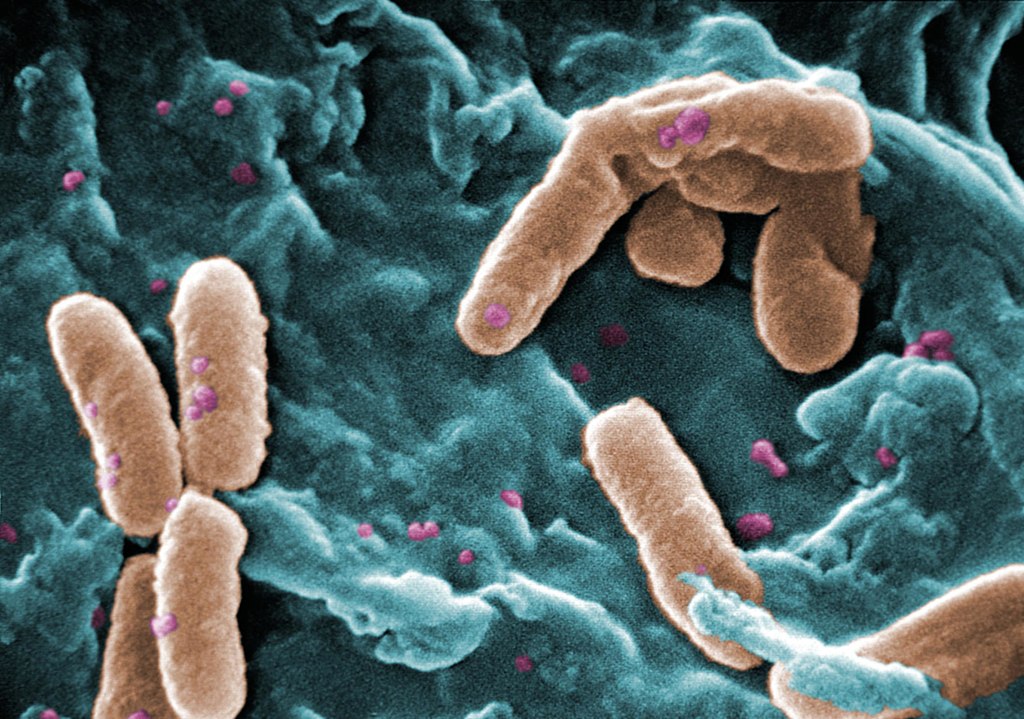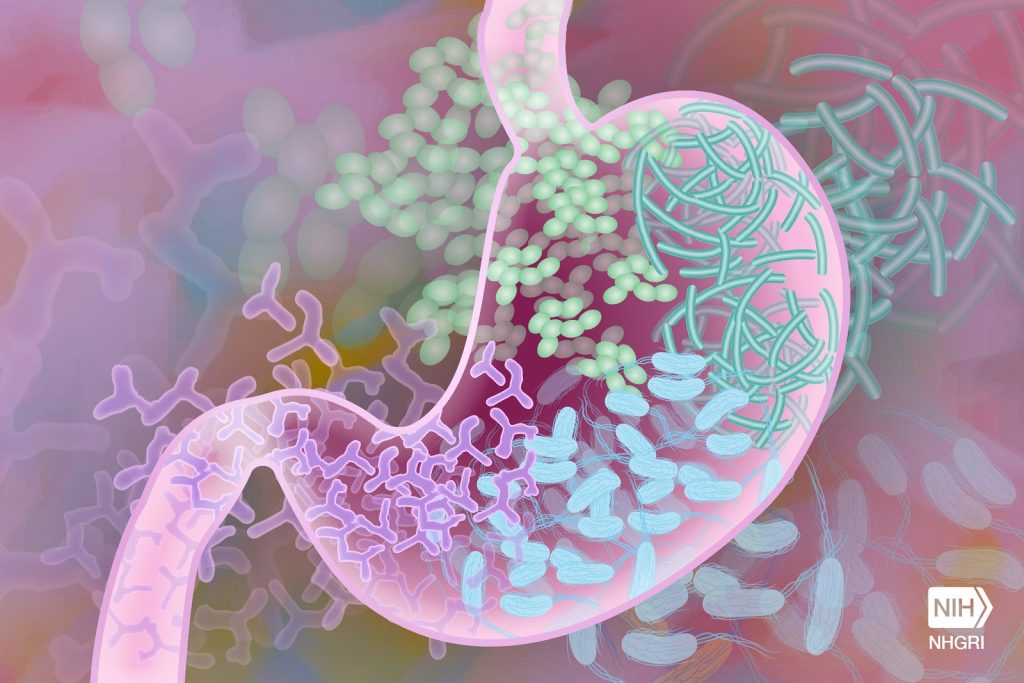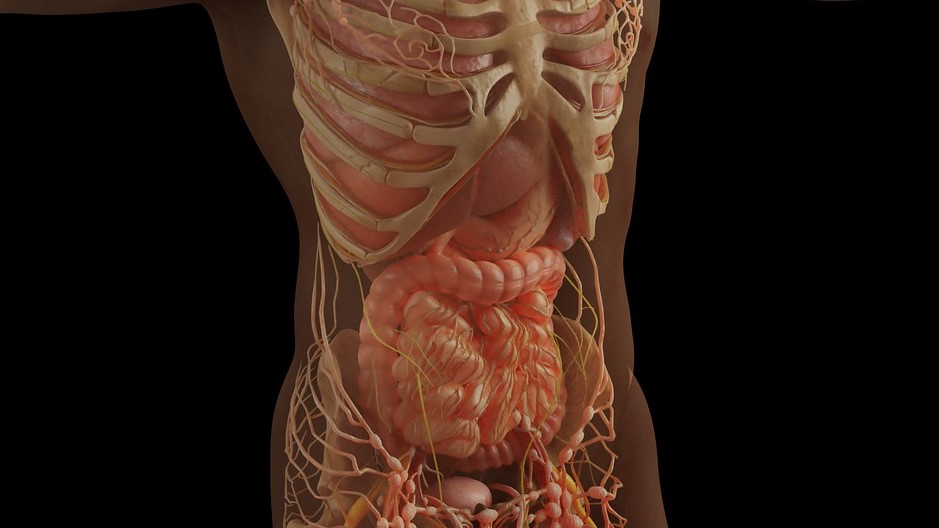Neanderthal Genetic Influences on Human Immune System and Metabolism

Neanderthal genes comprise some 1 to 4% of the genome of present-day humans whose ancestors migrated out of Africa, and new research has shown that their lingering presence shapes the immune systems and metabolism of people of non-African ancestry. Some of these genetics changes are detrimental, but are slowly being replaced by human versions.
A multi-institution research team including Cornell University has developed a new suite of computational genetic tools to address the genetic effects of interbreeding between humans of non-African ancestry and Neanderthals that took place some 50 000 years ago. (The study applies only to descendants of those who migrated from Africa before Neanderthals died out, and in particular, those of European ancestry.)
In a study published in eLife, the researchers reported that some Neanderthal genes are responsible for certain traits in modern humans, including several with a significant influence on the immune system. Overall, however, the study shows that modern human genes are winning out over successive generations.
“Interestingly, we found that several of the identified genes involved in modern human immune, metabolic and developmental systems might have influenced human evolution after the ancestors’ migration out of Africa,” said study co-lead author April (Xinzhu) Wei, an assistant professor of computational biology in the College of Arts and Sciences. “We have made our custom software available for free download and use by anyone interested in further research.”
Using a vast dataset from the UK Biobank consisting of genetic and trait information of nearly 300 000 British people of non-African ancestry, the researchers analysed more than 235 000 genetic variants likely to have originated from Neanderthals. They found that 4303 of those differences in DNA are playing a substantial role in modern humans and influencing 47 distinct genetic traits, such as how fast someone can burn calories or a person’s natural immune resistance to certain diseases.
Unlike previous studies that could not fully exclude genes from modern human variants, the new study leveraged more precise statistical methods to focus on the variants attributable to Neanderthal genes.
While the study used a dataset of almost exclusively white individuals living in the United Kingdom, the new computational methods developed by the team could offer a path forward in gleaning evolutionary insights from other large databases to delve deeper into archaic humans’ genetic influences on modern humans.
“For scientists studying human evolution interested in understanding how interbreeding with archaic humans tens of thousands of years ago still shapes the biology of many present-day humans, this study can fill in some of those blanks,” said senior investigator Sriram Sankararaman, an associate professor at the University of California, Los Angeles. “More broadly, our findings can also provide new insights for evolutionary biologists looking at how the echoes of these types of events may have both beneficial and detrimental consequences.”
Source: Cornell University










